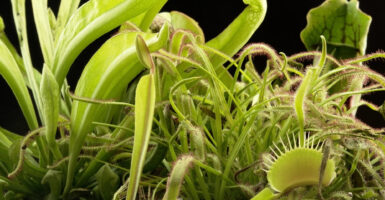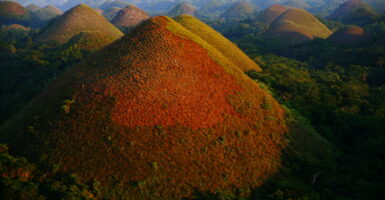20 Plants With Mind Blowing Survival Tactics
In the quiet battle for survival that plays out in gardens, forests, and deserts around the world, plants have developed some truly ingenious strategies. These botanical survivors prove that you don’t need muscles or mobility to be one of nature’s most impressive adaptors.
Let’s explore some of the most remarkable survival tactics that plants have evolved to thrive in challenging conditions.
The Sandbox Tree
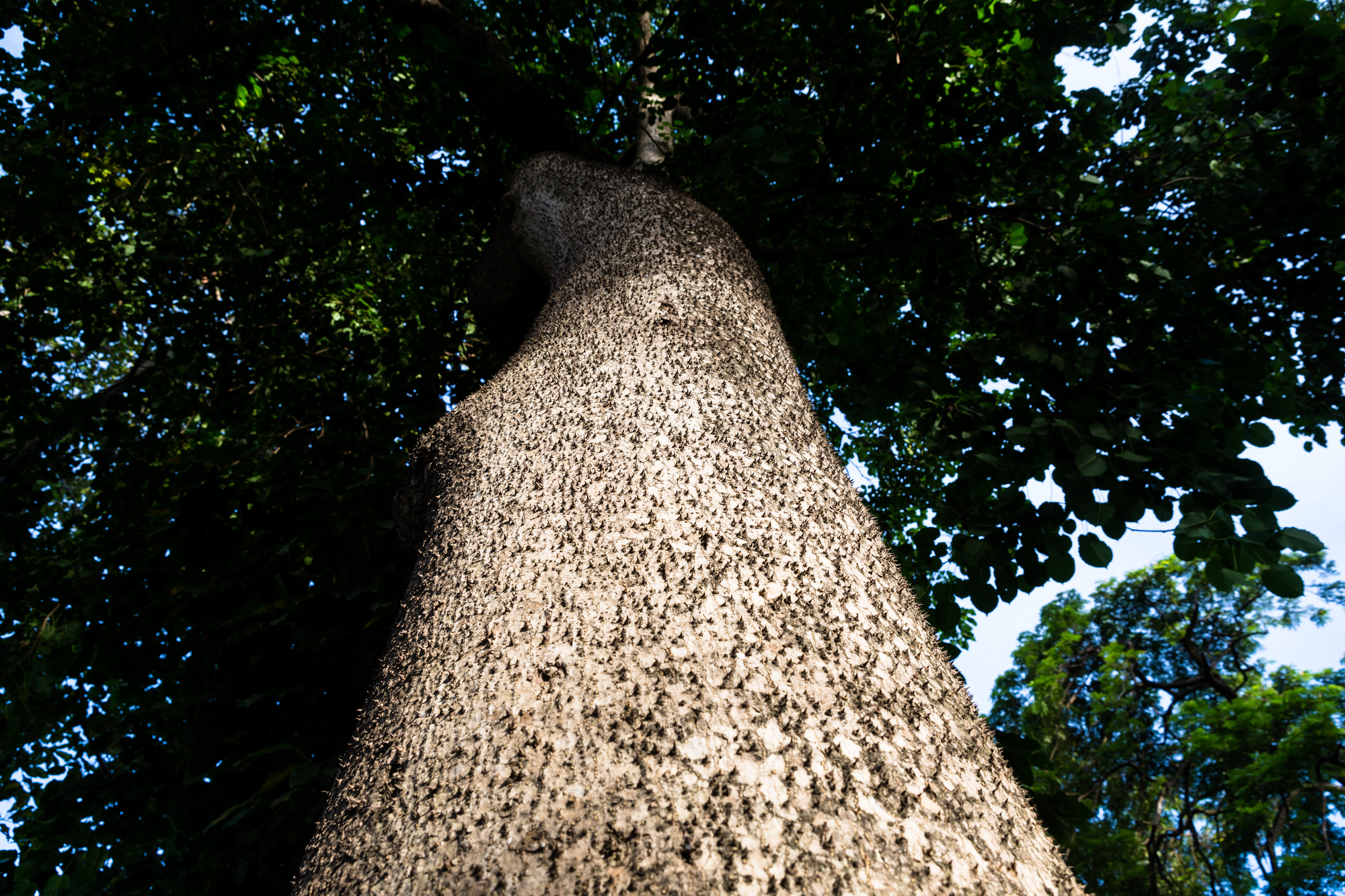
This tree’s fruits explode with such force they can throw seeds at speeds of up to 150 miles per hour and distances over 100 feet. The loud bang has earned it the nickname “dynamite tree,” and its strategy ensures wide seed dispersal.
The Resurrection Plant
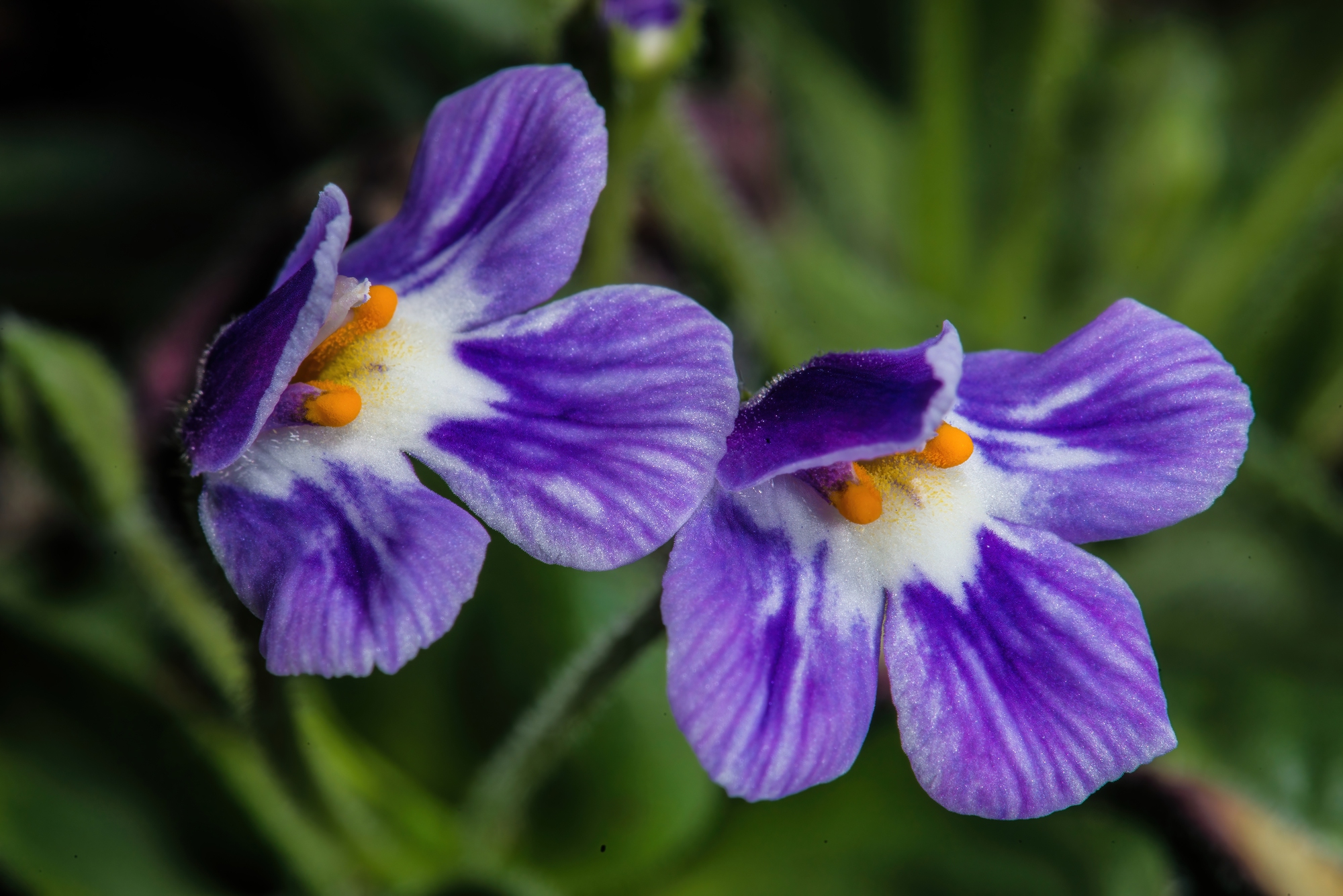
Selaginella lepidophylla can survive almost complete dehydration for years. When water finally arrives, it unfurls and returns to life within hours, earning its biblical nickname. This plant essentially puts itself into suspended animation until conditions improve.
Like Go2Tutors’s content? Follow us on MSN.
The Venus Flytrap
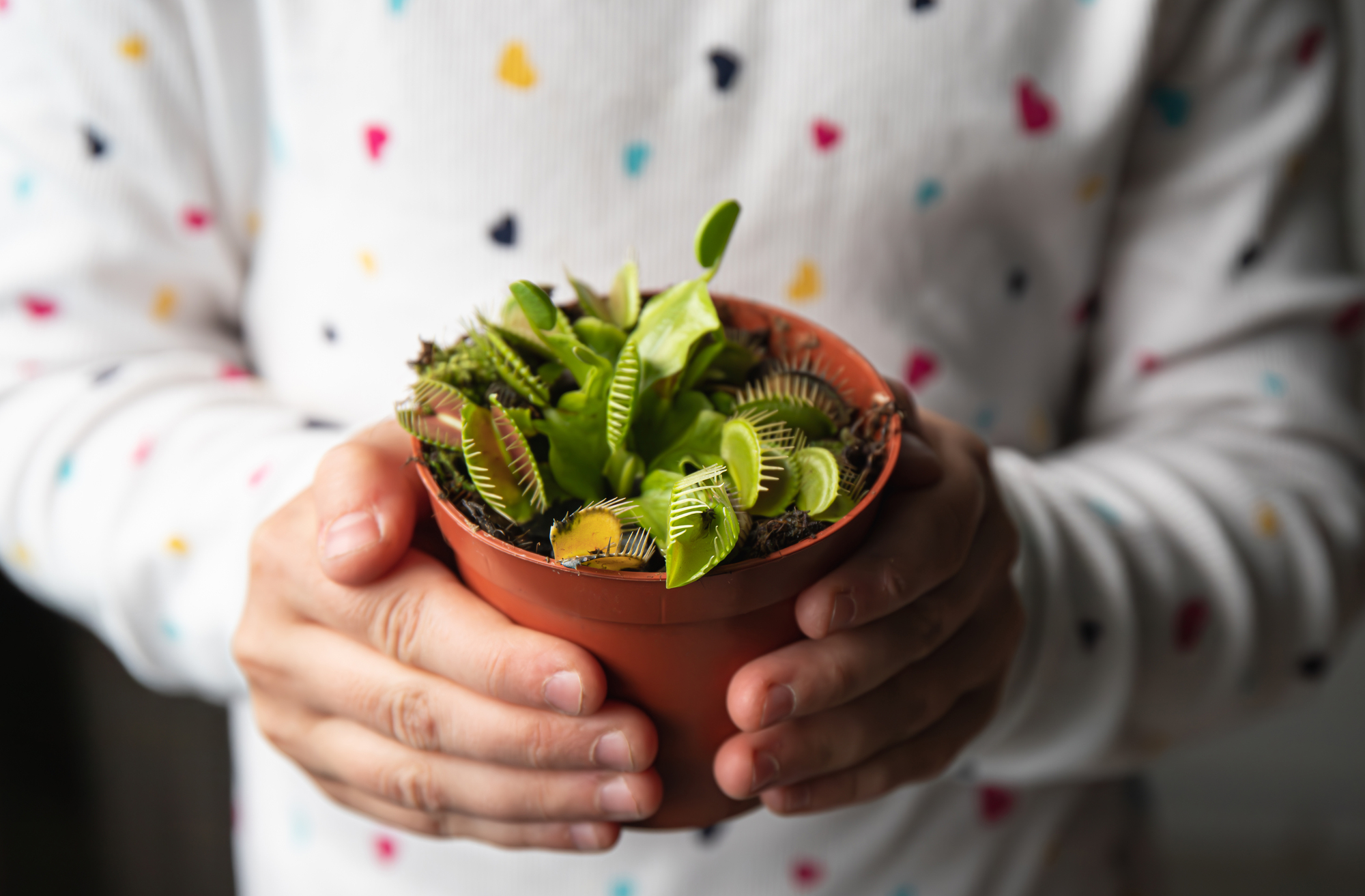
This carnivorous plant counts before it snaps shut on prey. When an insect touches its trigger hairs, the plant waits for a second touch within 20 seconds before closing – ensuring it doesn’t waste energy on false alarms.
The trap even has teeth-like projections that interlock perfectly to prevent escape.
The Corpse Flower
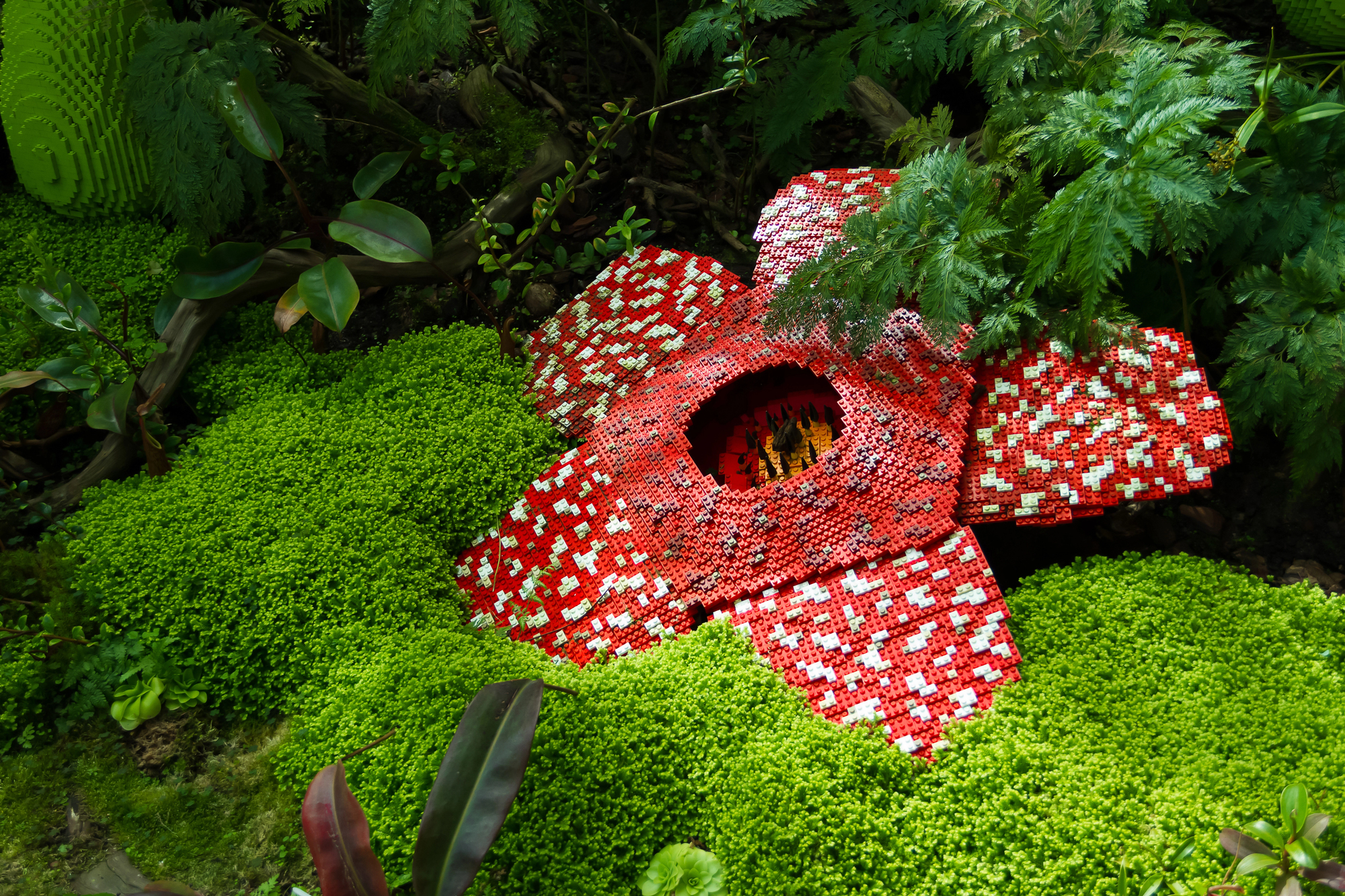
Amorphophallus titanium produces the world’s largest unbranched flower and smells like rotting meat. This nauseating odor, combined with heat generation and deep red color, tricks carrion beetles and flesh flies into pollinating it.
The plant only blooms every 7-10 years, making its deception all the more crucial.
The Mimosa Plant
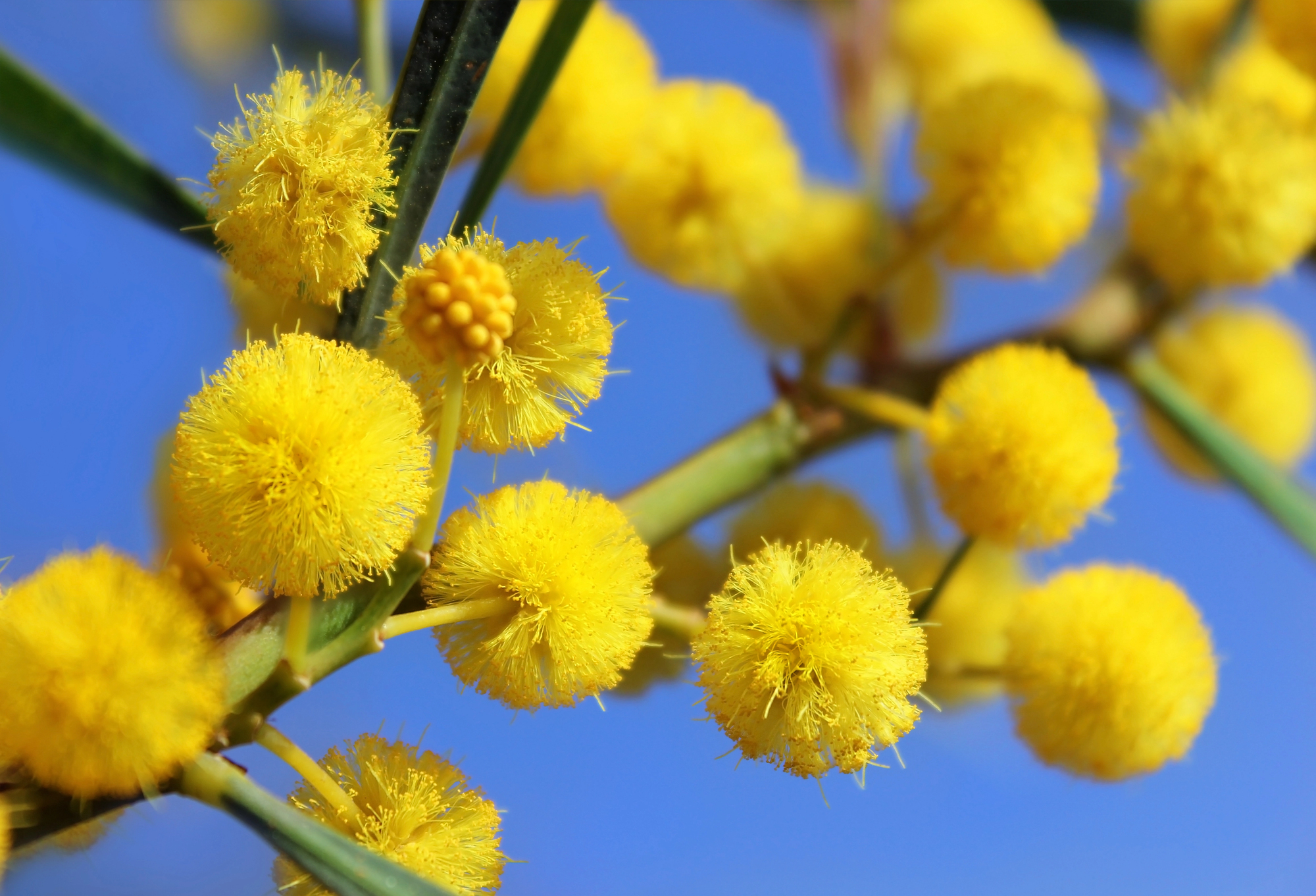
Known as the “sensitive plant,” Mimosa pudica dramatically collapses its leaves when touched. This rapid movement, accomplished through specialized cells that quickly release water, makes herbivores think twice about eating it and helps shake off harmful insects.
Like Go2Tutors’s content? Follow us on MSN.
The Strangler Fig
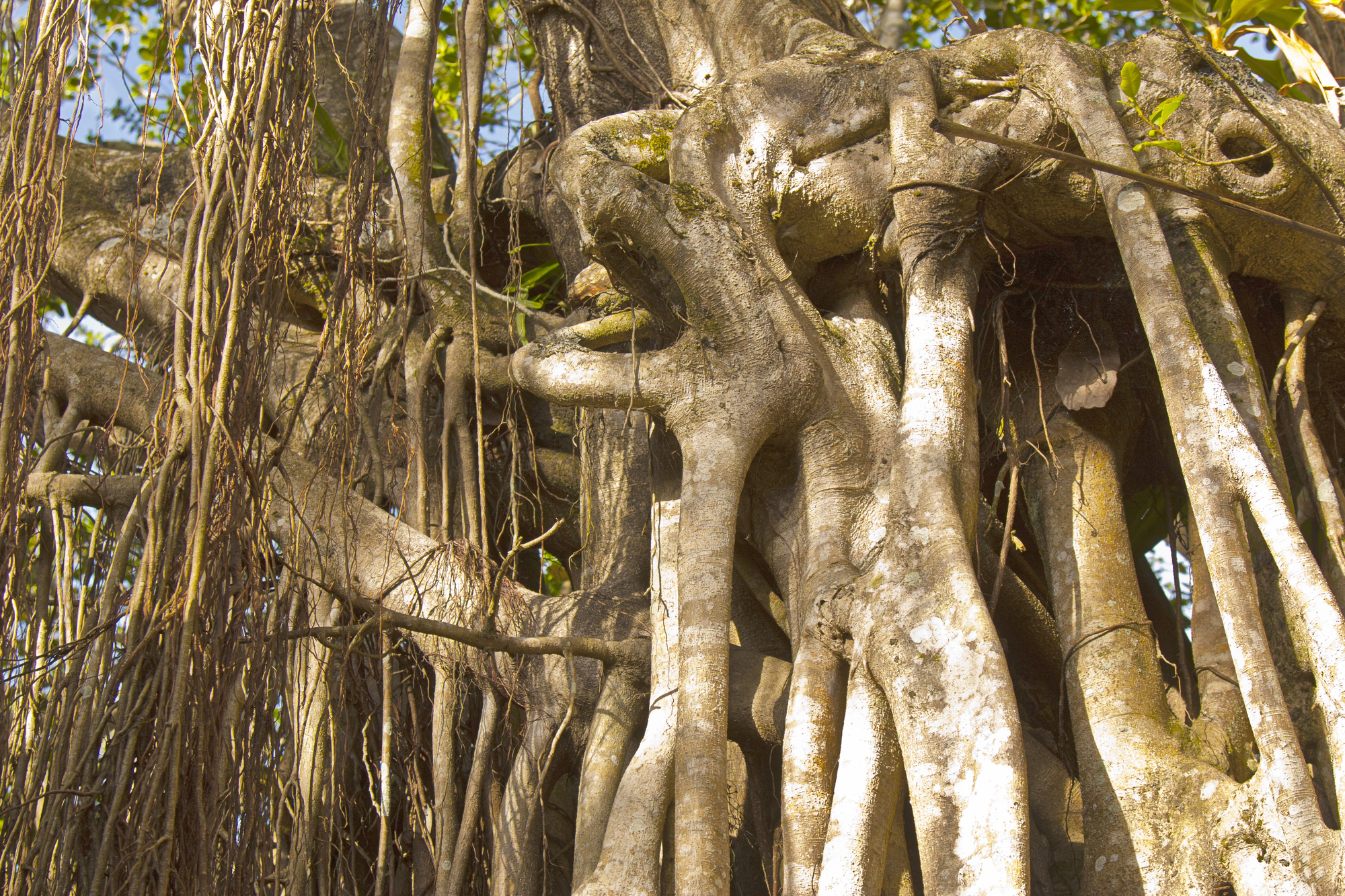
Starting life as a seed dropped by birds in tree canopies, this plant grows downward, eventually encasing and killing its host tree. Once the host rots away, the fig remains as a hollow tree-shaped structure, having used its victim as a living scaffold.
The Pitcher Plant

Nepenthes rajah can trap and digest animals as large as rats. Its pitchers contain digestive fluid and are so large they can hold over two quarts of liquid. The plant even forms mutually beneficial relationships with certain small animals that help it break down larger prey.
The Fire Bean
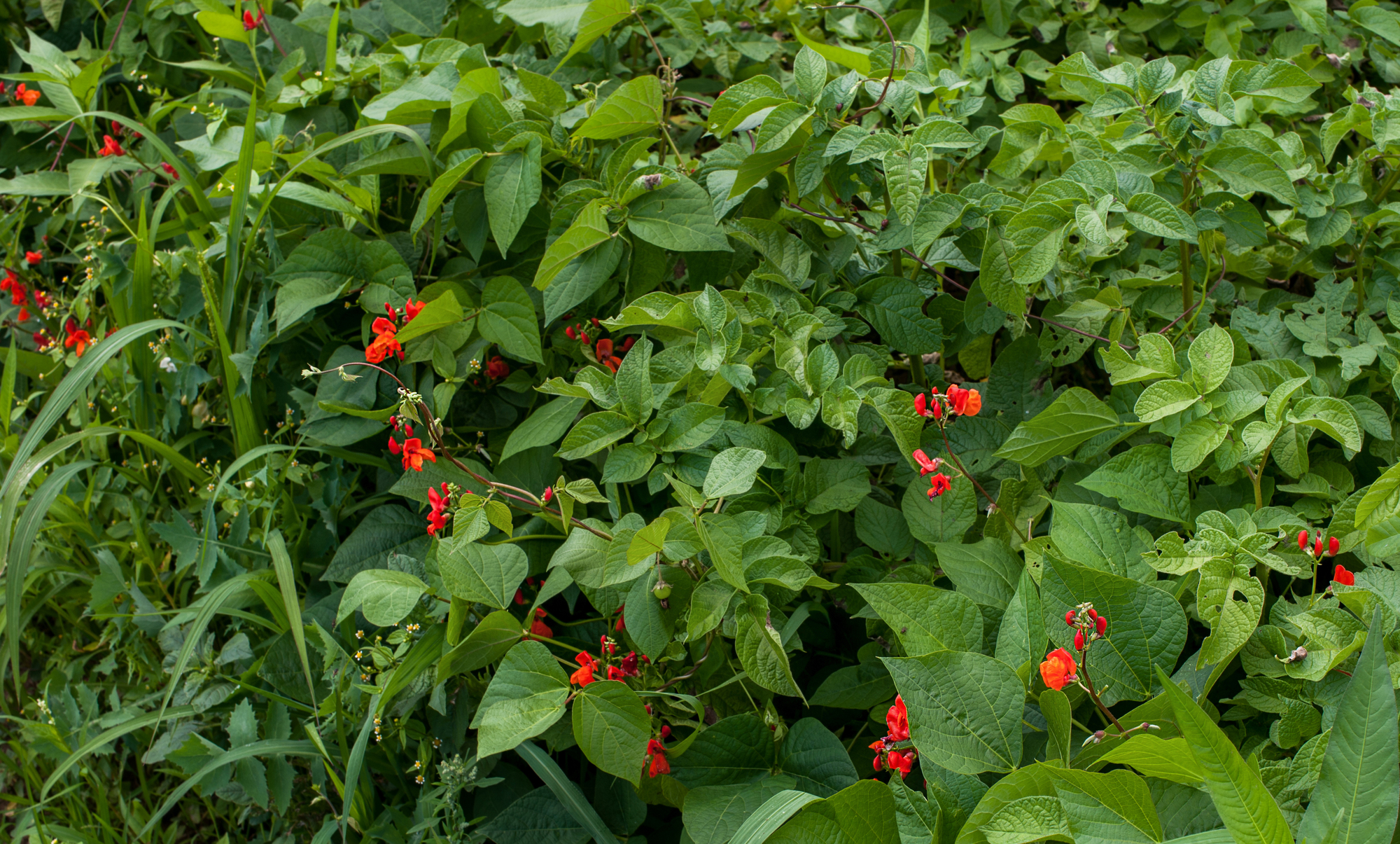
Pyrolobium creates seedpods that only open in response to bushfires. This adaptation ensures its seeds germinate in nutrient-rich ash when competition is minimal. The plant essentially uses natural disasters as opportunities for expansion.
Like Go2Tutors’s content? Follow us on MSN.
The Rafflesia
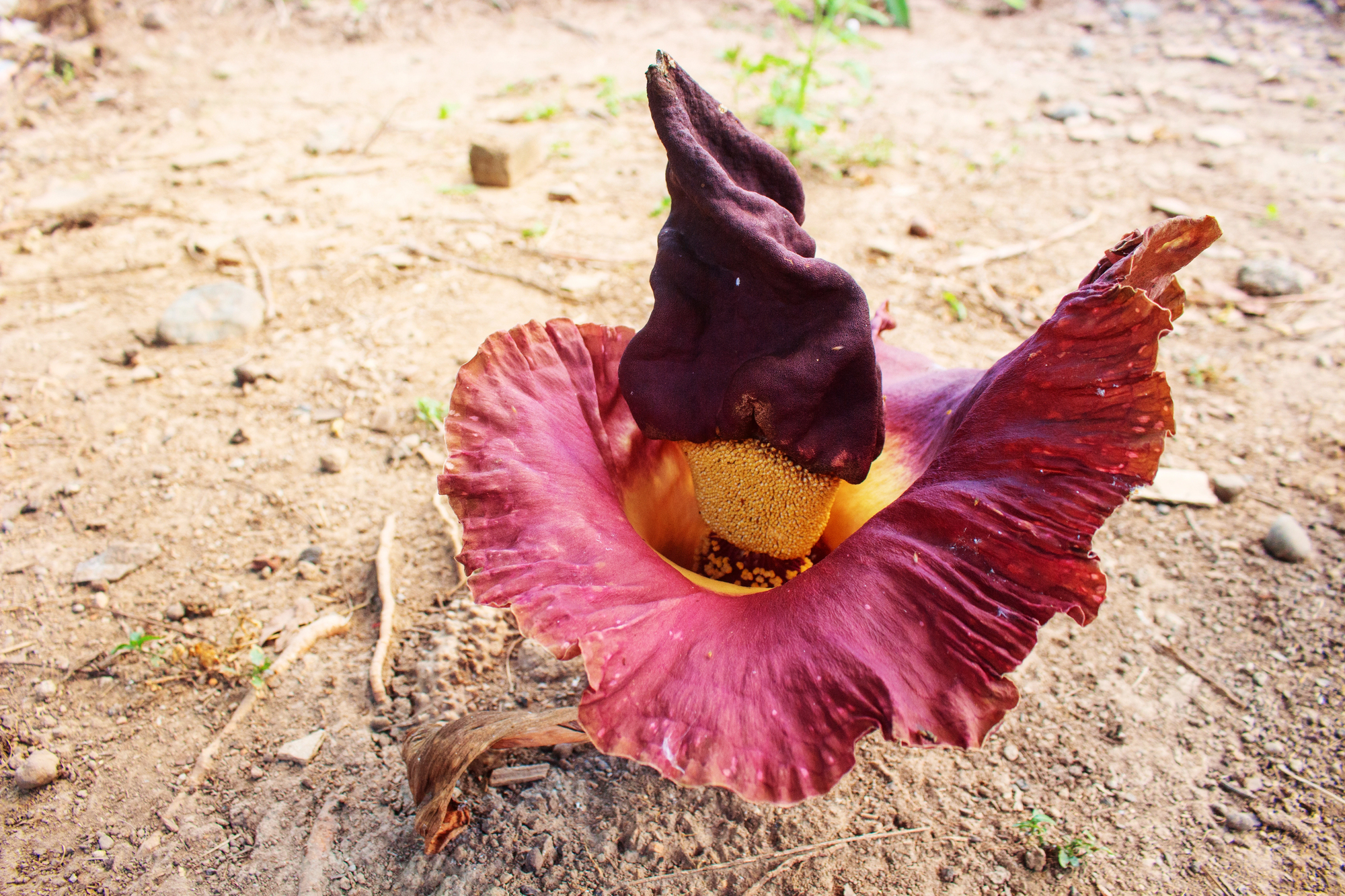
Producing the world’s largest single flower, this parasitic plant has no leaves, stems, or roots. It lives entirely inside its host vine, only becoming visible when it emerges to bloom. Its massive flowers can reach three feet in diameter.
The Telegraph Plant

Codariocalyx motorius has small leaflets that rotate like semaphore flags in response to light, allowing it to optimize sun exposure. These movements are so precise that the plant can track the sun throughout the day.
The Crown of Thorns
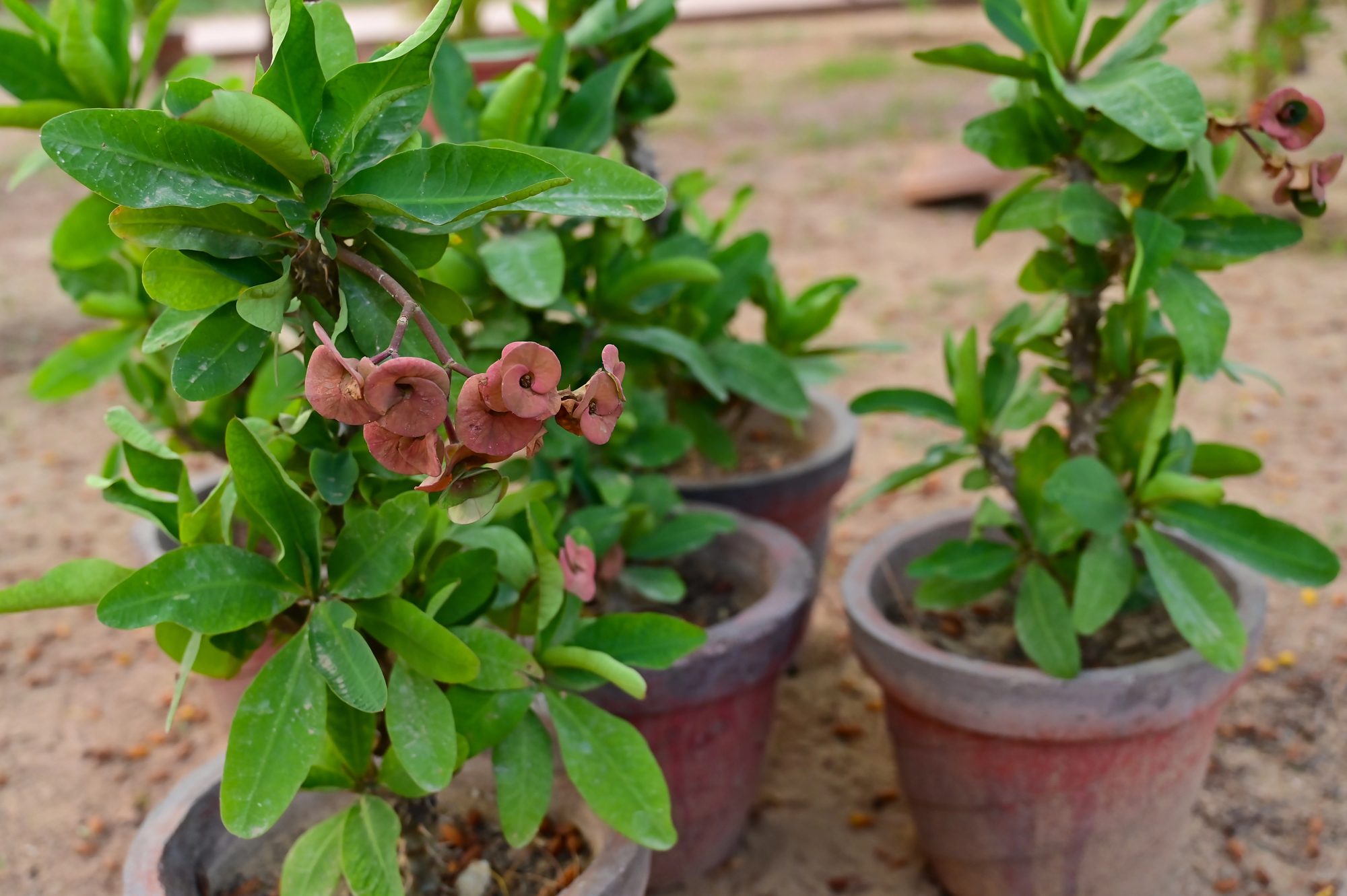
This plant bleeds a toxic white latex when damaged that quickly coagulates to seal wounds and poison would-be predators. The milky substance is so effective that even hungry giraffes avoid it.
Like Go2Tutors’s content? Follow us on MSN.
The Welwitschia
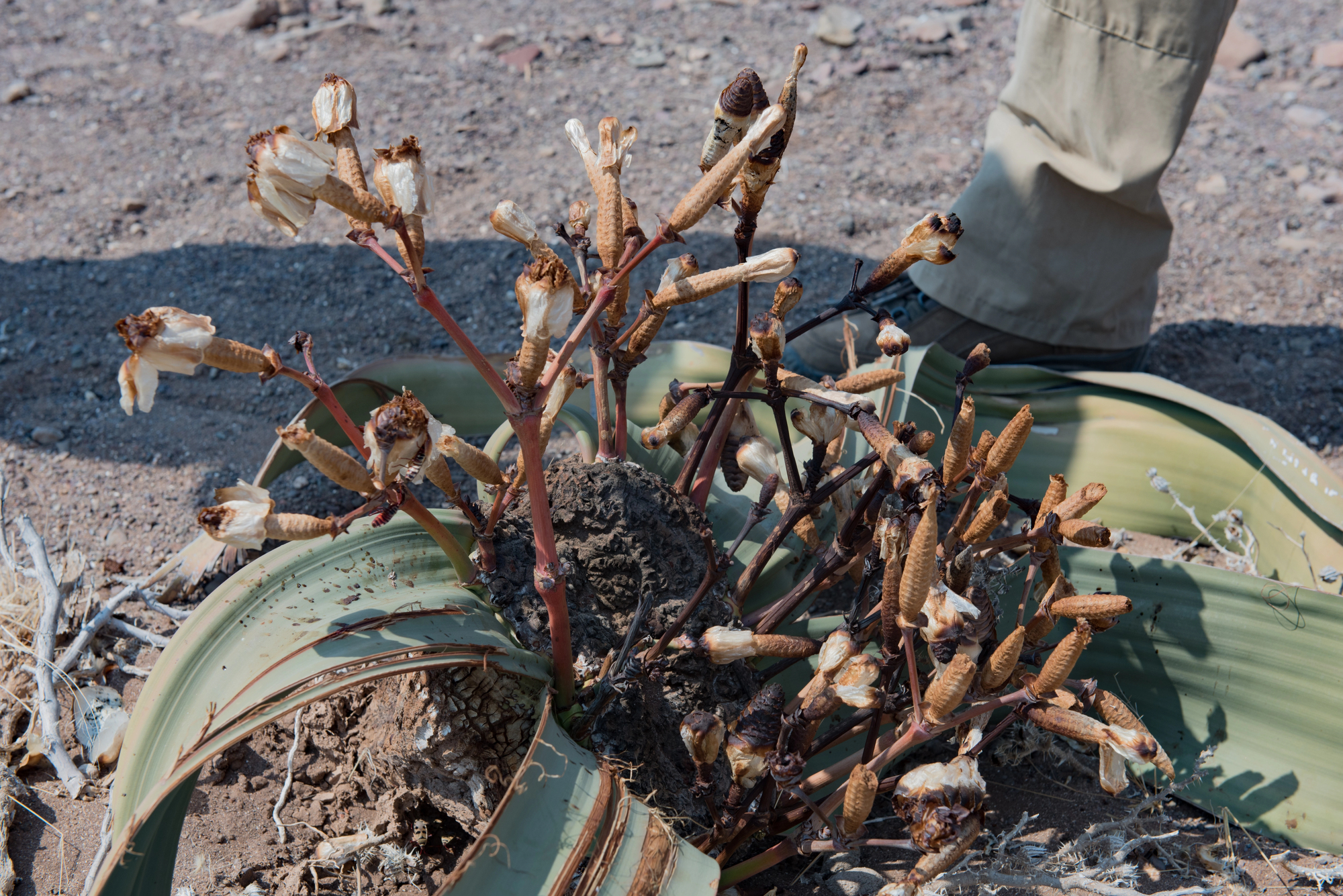
Surviving in the Namib Desert for up to 2,000 years, this plant never stops growing its two leaves, which split and fray over time. It harvests moisture from desert fog and has roots that can reach 100 feet deep to find water.
The Drosera
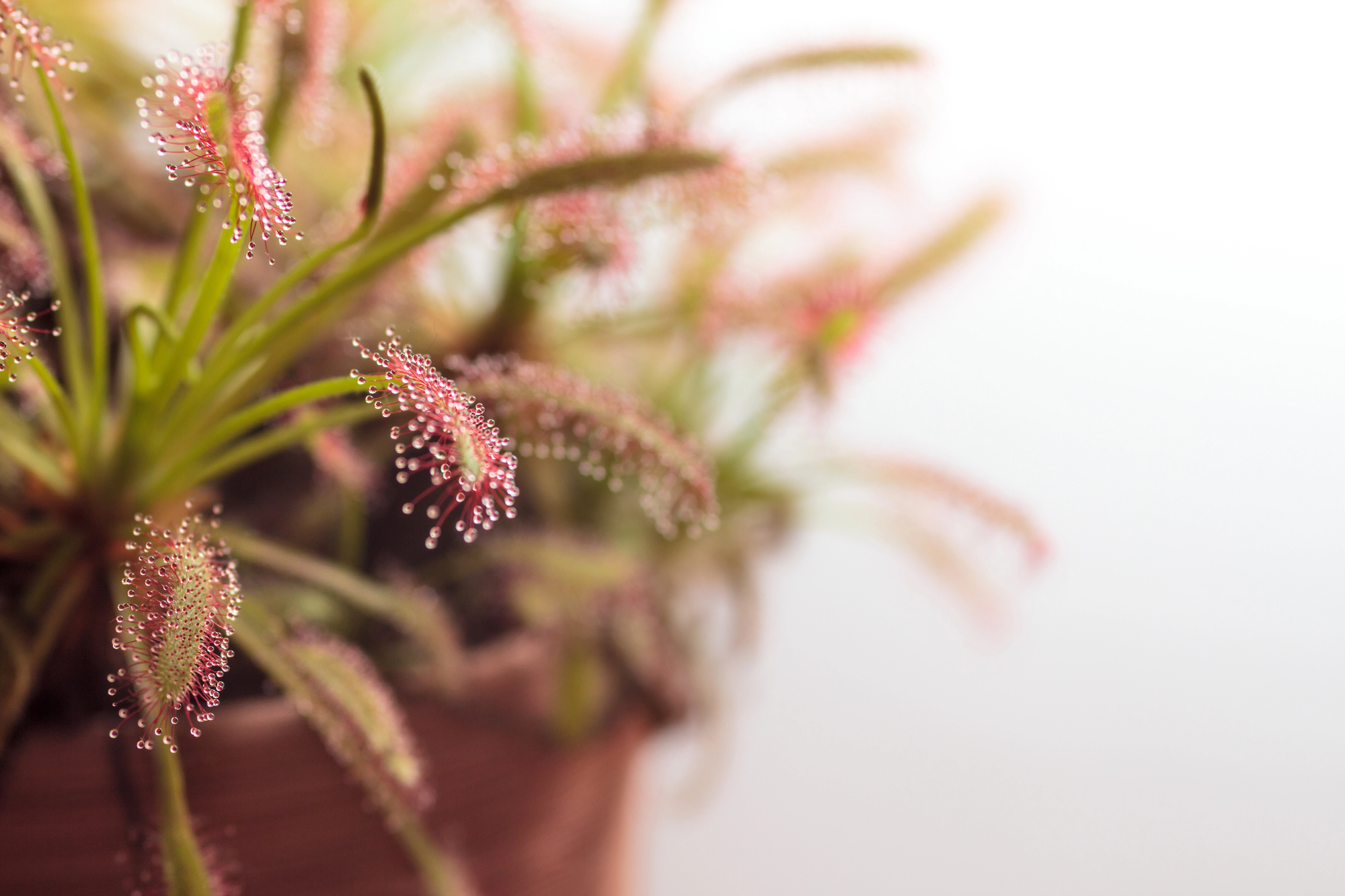
These sundews produce sticky tentacles that not only trap insects but can move to wrap around prey. The plant can distinguish between food and debris, only wasting digestive enzymes on nutritious catches.
The Dodder Vine
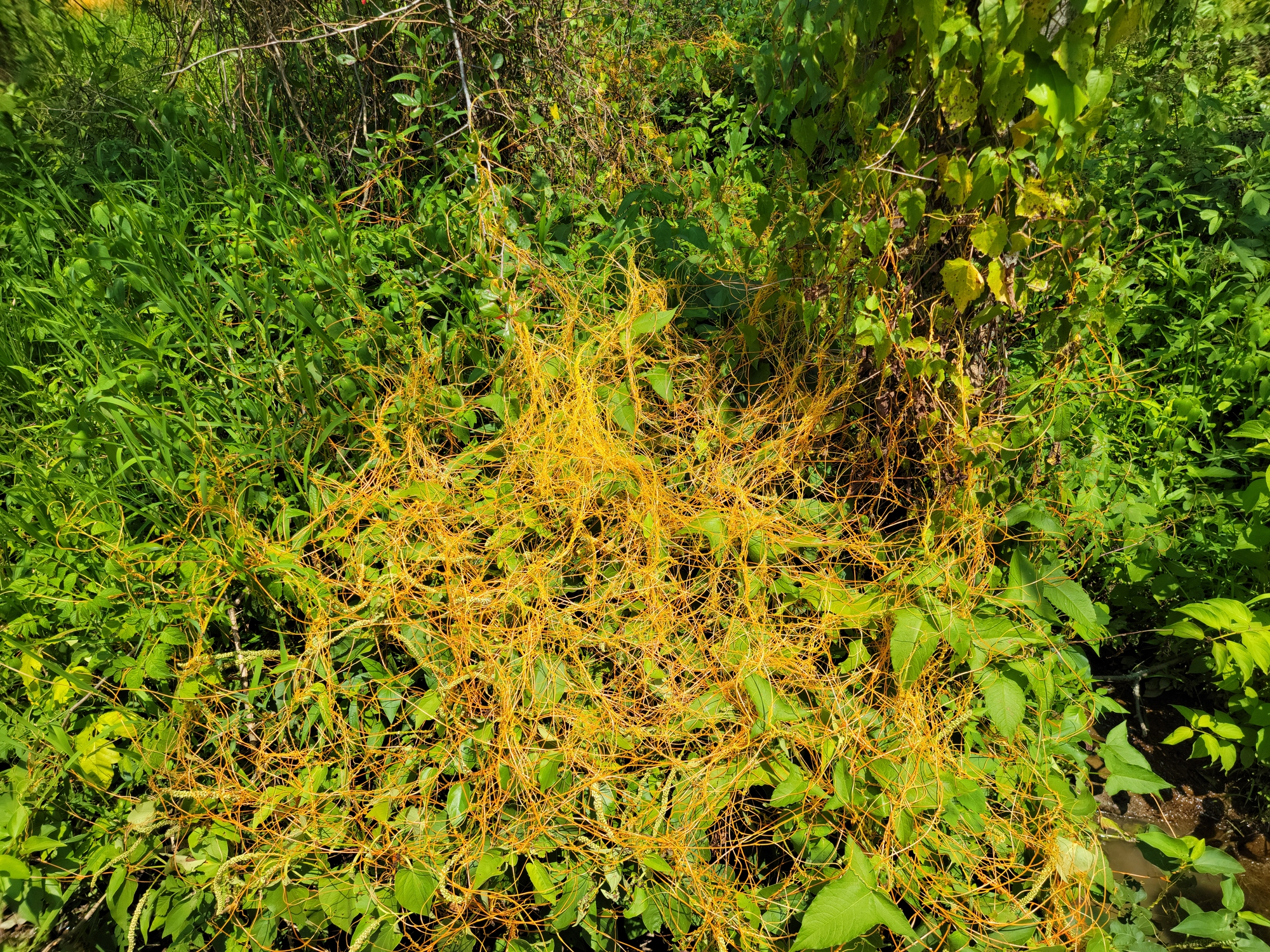
This parasitic plant can smell its preferred hosts and grow toward them. Once it finds a victim, it penetrates the host’s vascular system and even transfers RNA to manipulate its host’s defenses.
Like Go2Tutors’s content? Follow us on MSN.
The Manchineel
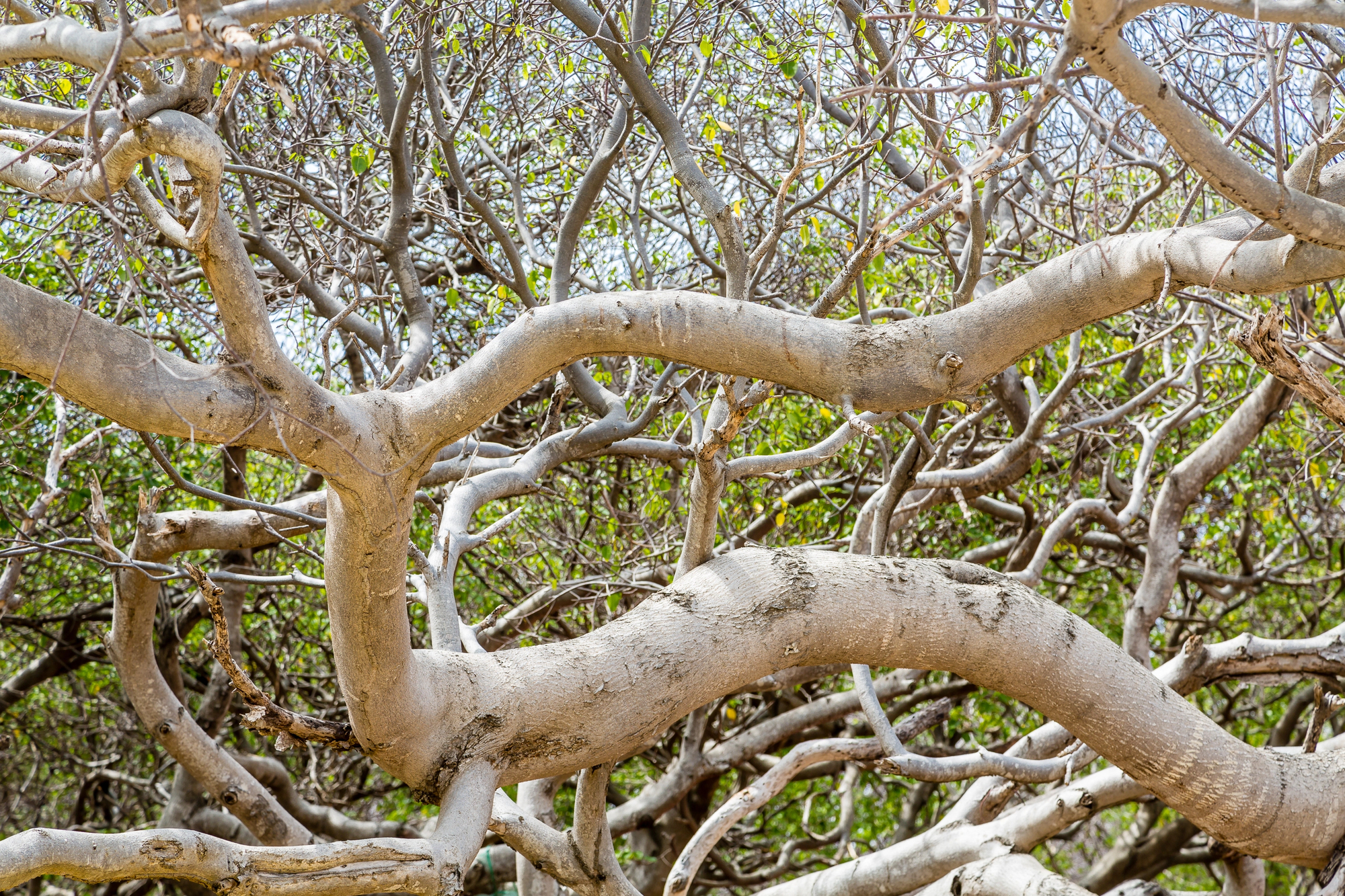
Every part of this tree is extremely toxic, and standing under it during rain can cause chemical burns. It marks itself with natural warning signs – the bark is covered in painful sap that creates obvious scars when touched.
The Touch-Me-Not
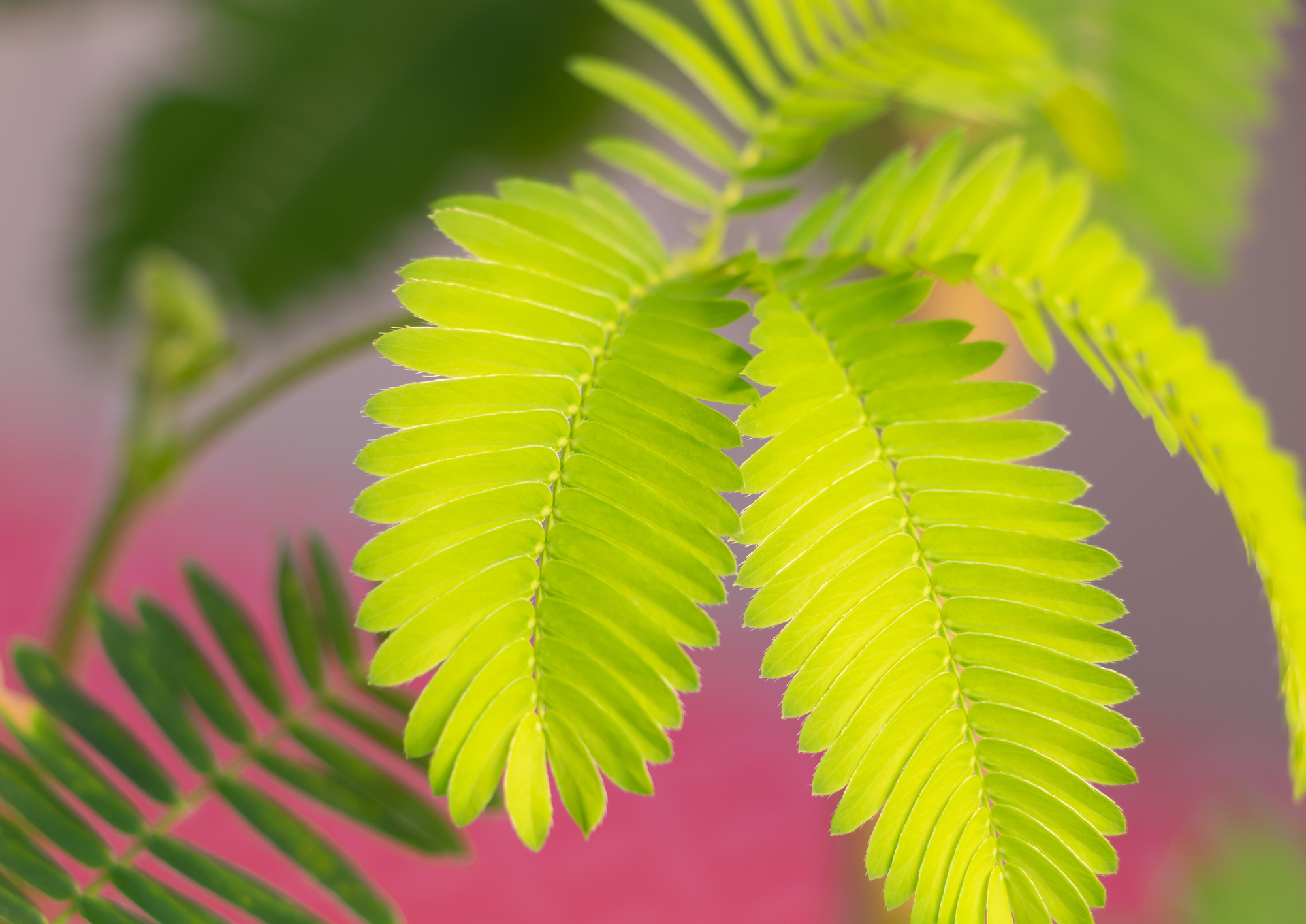
Impatiens balsamina pods explode violently when ripe, shooting seeds in all directions. The slightest touch can trigger this explosive dispersal, giving the plant its common name and ensuring its offspring spread far and wide.
The Dragon Blood Tree
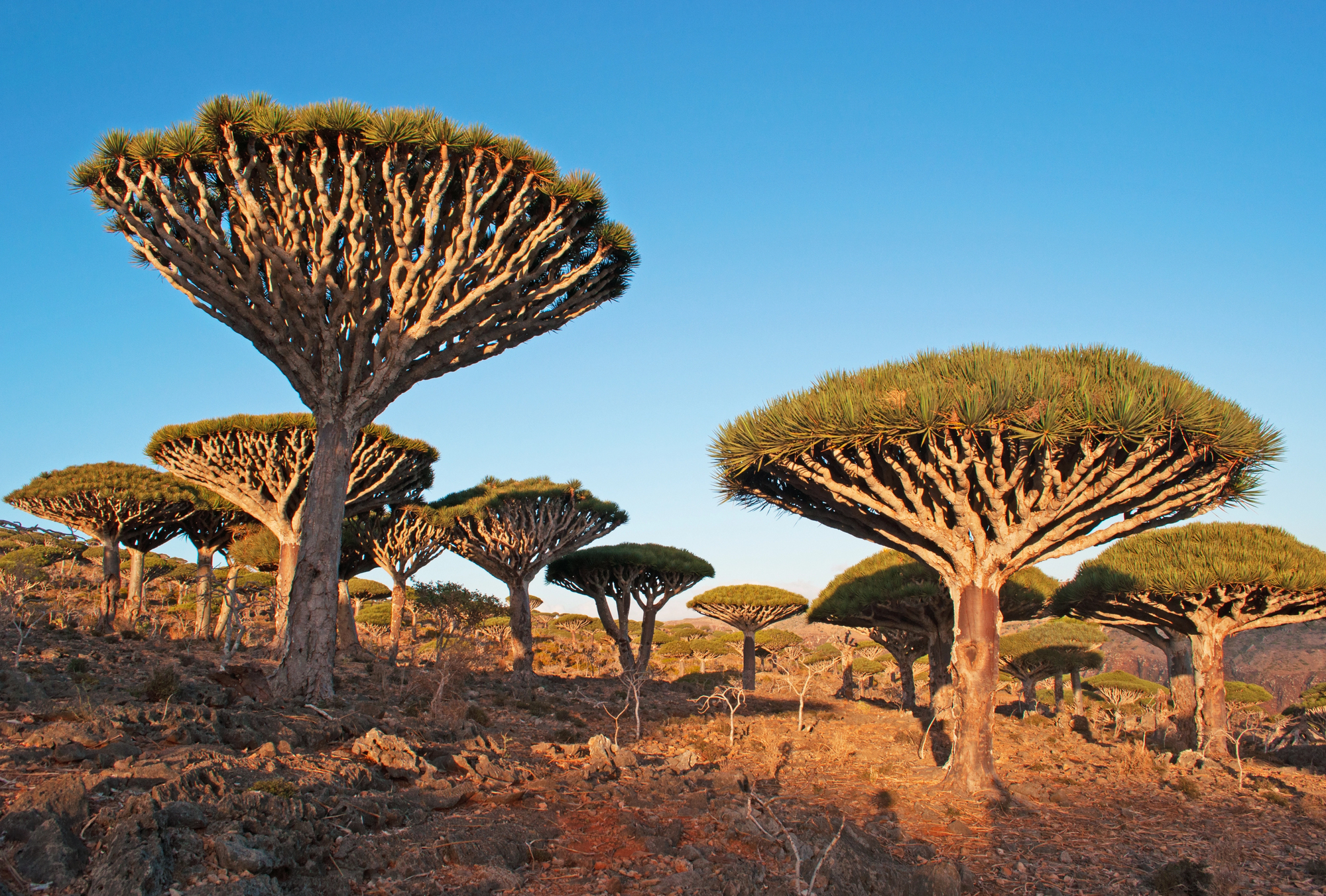
This ancient species survives harsh desert conditions by creating its own ecosystem. Its dense crown acts like an umbrella, collecting moisture from fog and creating shade that protects young shoots growing below.
Like Go2Tutors’s content? Follow us on MSN.
The Squirting Cucumber

When ripe, this plant’s fruits detach and forcefully eject their seeds along with toxic pulp at speeds of up to 40 feet per second. The unexpected squirting mechanism helps ensure seed dispersal and deters herbivores.
The Stinging Tree
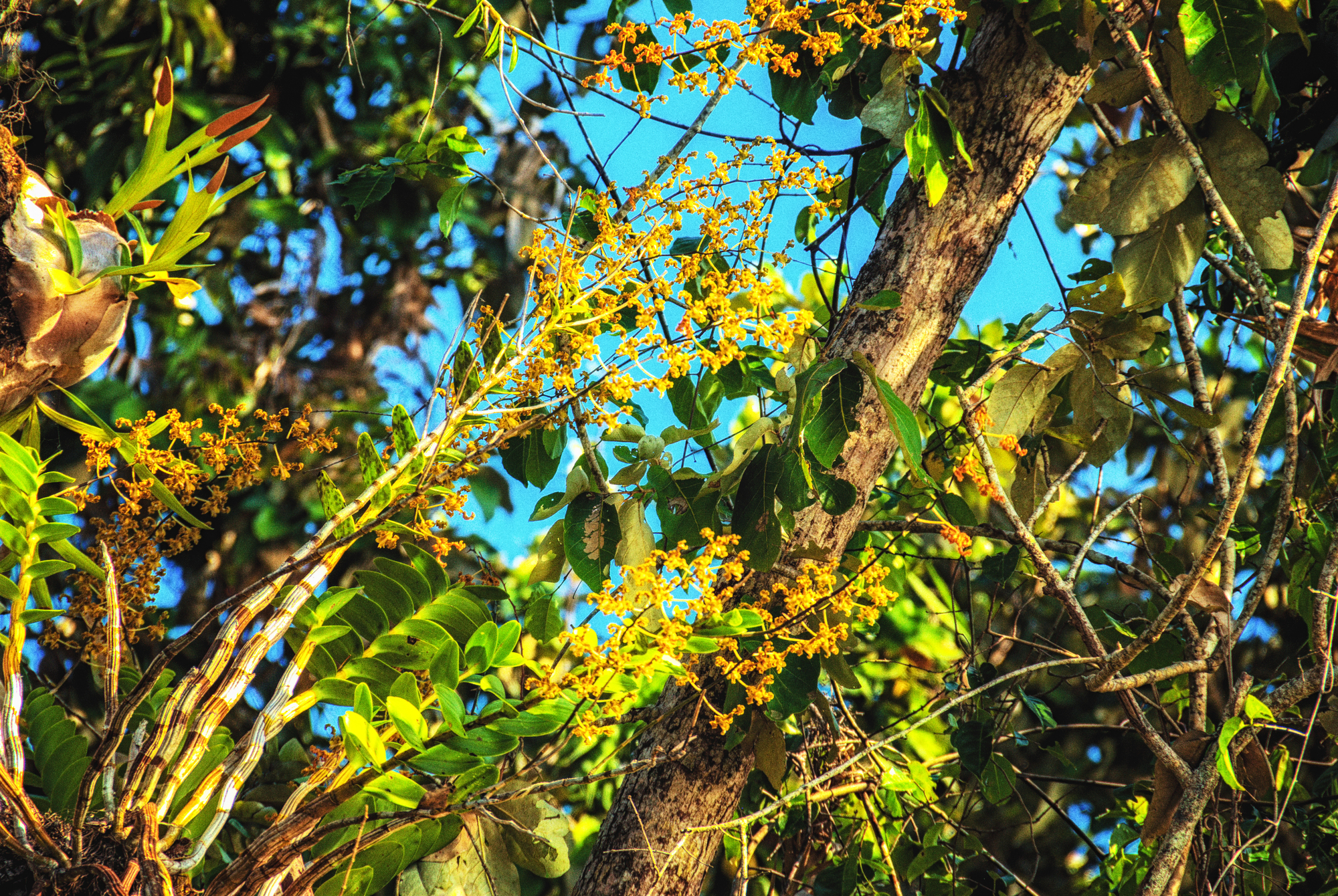
Dendrocnide moroides, also known as the gympie gympie, has stinging hairs so potent that its pain can last for months. The plant’s neurotoxins are so persistent that dried specimens from a century ago can still cause pain.
The Walking Palm
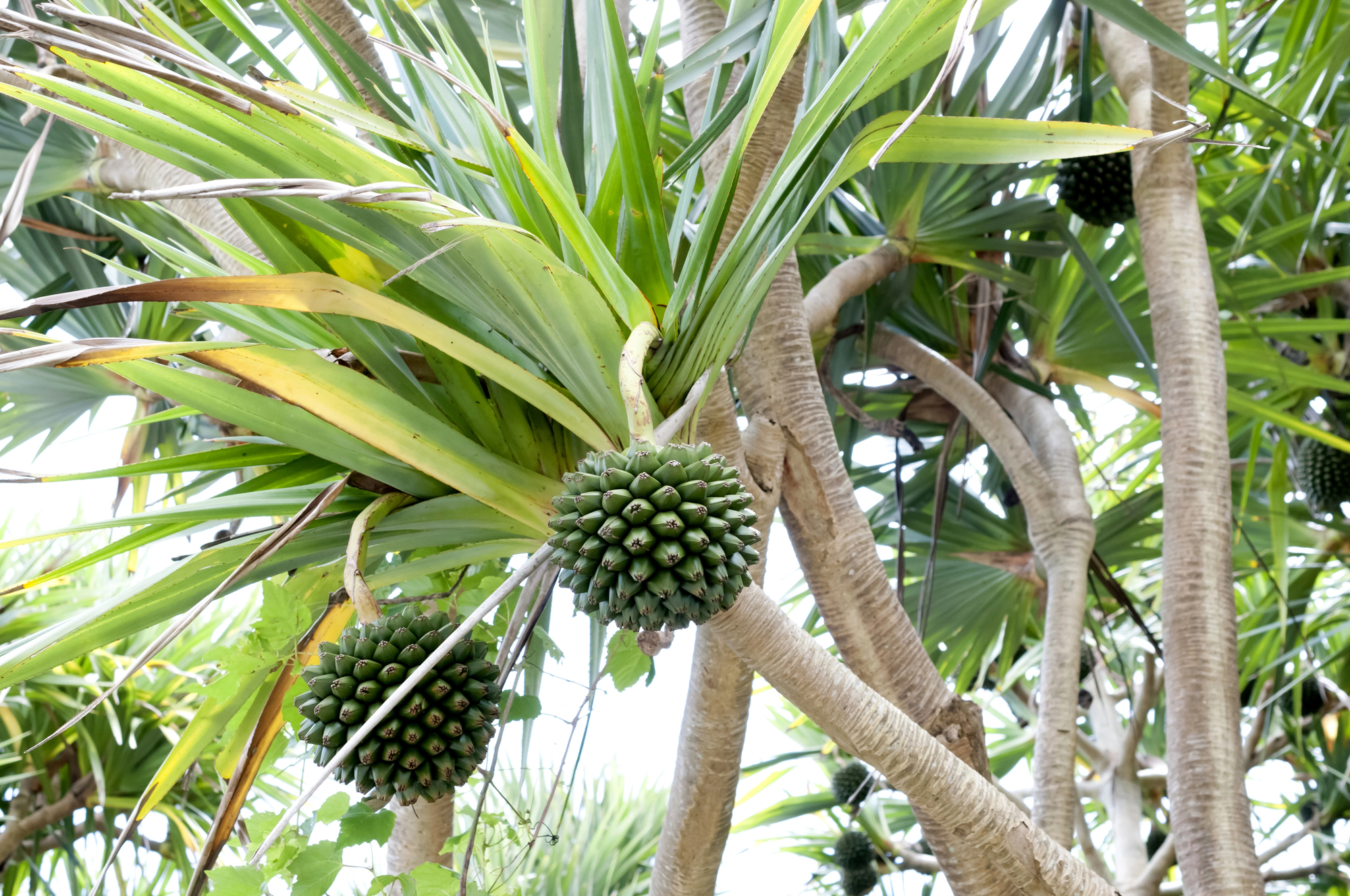
Socratea exorrhiza can slowly “walk” away from danger by growing new roots in the direction it wants to move while letting old roots die. This allows the palm to subtly shift position over time to find better light or soil conditions.
Like Go2Tutors’s content? Follow us on MSN.
Nature’s Endless Innovation
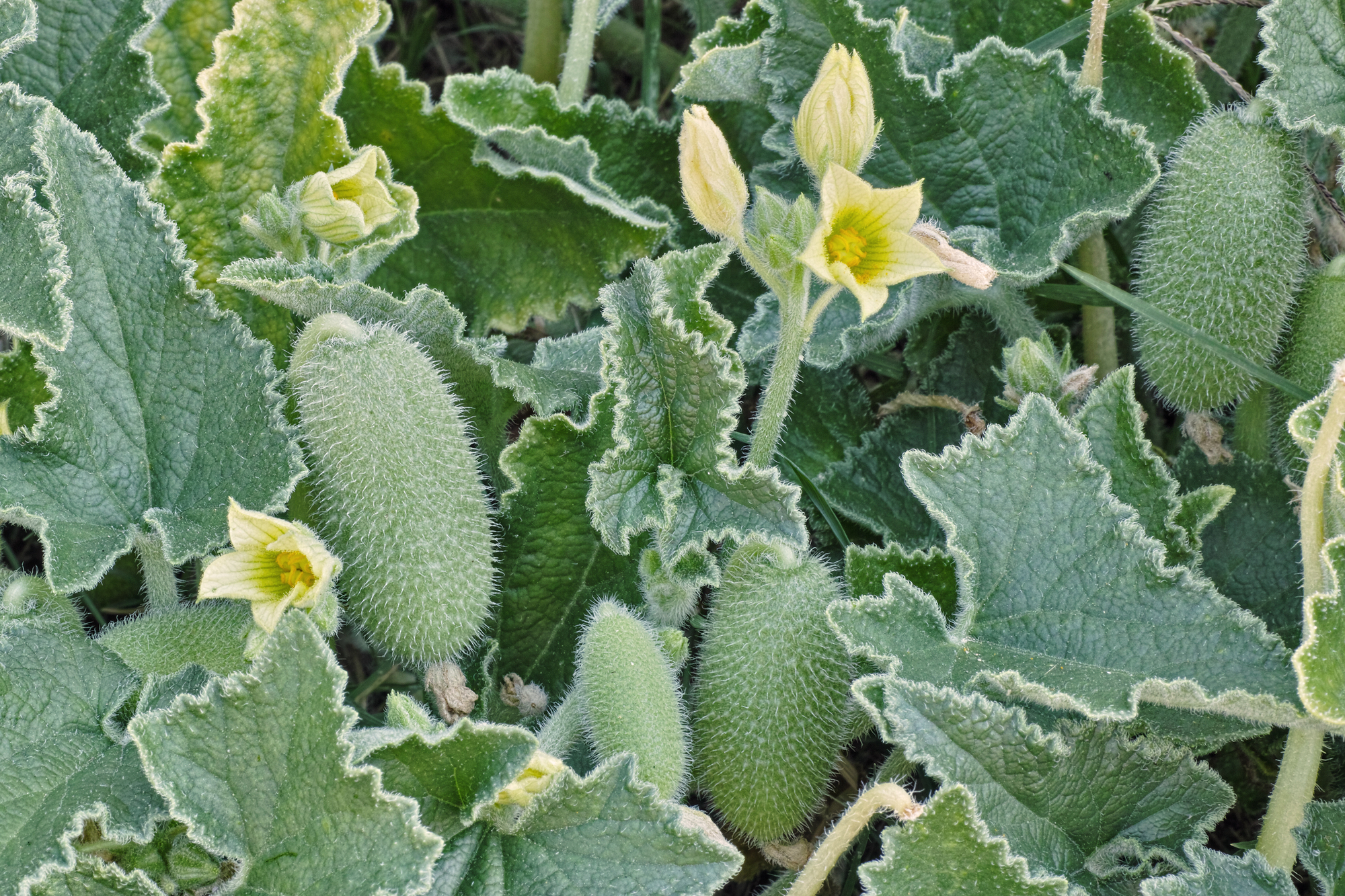
These remarkable adaptations showcase the incredible diversity of plant survival strategies. Through millions of years of evolution, plants have developed solutions to challenges that rival human engineering in their sophistication.
From sophisticated traps to chemical warfare, these botanical wonders remind us that survival doesn’t always require speed or strength – sometimes the most effective strategies are the most unexpected ones.
More from Go2Tutors!

- Famous Battles: How Much Do You Really Know About U.S. History?
- Top 5 Most Important Skills, According To Harvard Business School
- How Well Do You Know 90s Pop Culture? Take the Quiz
- Master the Art of Public Speaking with These Expert Tips
- Think You Know Capitals? Put Your Knowledge to the Test
Like Go2Tutors’s content? Follow us on MSN.
